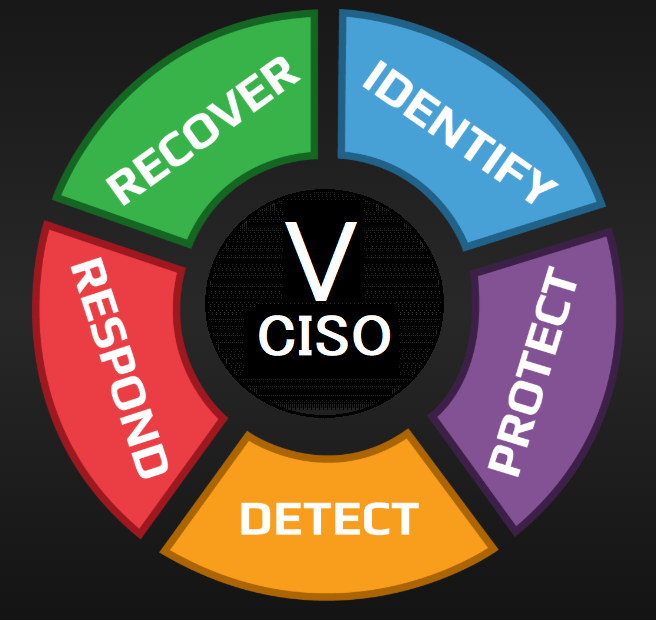In a groundbreaking move, the U.S. Department of Defense has released a comprehensive guide for organizations deploying and operating AI systems designed and developed by
another firm.
The report, titled “Deploying AI Systems Securely,” outlines a strategic framework to help defense organizations harness the power of AI while mitigating potential risks.
The report was authored by the U.S. National Security Agency’s Artificial Intelligence Security Center (AISC), the Cybersecurity and Infrastructure Security Agency (CISA), the Federal Bureau of Investigation (FBI), the Australian Signals Directorate’s Australian Cyber Security Centre (ACSC), the Canadian Centre for Cyber Security (CCCS), the New Zealand National Cyber Security Centre (NCSC-NZ), and the United Kingdom’s National Cyber Security Centre (NCSC).
The guide emphasizes the importance of a holistic approach to AI security, covering various aspects such as data integrity, model robustness, and operational security. It outlines a six-step process for secure AI deployment:
- Understand the AI system and its context
- Identify and assess risks
- Develop a security plan
- Implement security controls
- Monitor and maintain the AI system
- Continuously improve security practices
Addressing AI Security Challenges
The report acknowledges the growing importance of AI in modern warfare but also highlights the unique security challenges that come with integrating these advanced technologies. “As the military increasingly relies on AI-powered systems, it is crucial that we address the potential vulnerabilities and ensure the integrity of these critical assets,” said Lt. Gen. Jane Doe, the report’s lead author.
Some of the key security concerns outlined in the document include:
- Adversarial AI attacks that could manipulate AI models to produce erroneous outputs
- Data poisoning and model corruption during the training process
- Insider threats and unauthorized access to sensitive AI systems
- Lack of transparency and explainability in AI-driven decision-making
A Comprehensive Security Framework
The report proposes a comprehensive security framework for deploying AI systems within the military to address these challenges. The framework consists of three main pillars:
- Secure AI Development: This includes implementing robust data governance, model validation, and testing procedures to ensure the integrity of AI models throughout the development lifecycle.
- Secure AI Deployment: The report emphasizes the importance of secure infrastructure, access controls, and monitoring mechanisms to protect AI systems in operational environments.
- Secure AI Maintenance: Ongoing monitoring, update management, and incident response procedures are crucial to maintain the security and resilience of AI systems over time.
Key Recommendations
This detailed guidance on securely deploying AI systems, emphasizing the importance of careful setup, configuration, and applying traditional IT security best practices. Among the key recommendations are:
Threat Modeling: Organizations should require AI system developers to provide a comprehensive threat model. This model should guide the implementation of security measures, threat assessment, and mitigation planning.
Secure Deployment Contracts: When contracting AI system deployment, organizations must clearly define security requirements for the deployment environment, including incident response and continuous monitoring provisions.
Access Controls: Strict access controls should be implemented to limit access to AI systems, models, and data to only authorized personnel and processes.
Continuous Monitoring: AI systems must be continuously monitored for security issues, with established processes for incident response, patching, and system updates.
Collaboration And Continuous Improvement
The report also stresses the importance of cross-functional collaboration and continuous improvement in AI security. “Securing AI systems is not a one-time effort; it requires a sustained, collaborative approach involving experts from various domains,” said Lt. Gen. Doe.
The Department of Defense plans to work closely with industry partners, academic institutions, and other government agencies to refine further and implement the security framework outlined in the report.
Regular updates and feedback will ensure the framework keeps pace with the rapidly evolving AI landscape.
The release of the “Deploying AI Systems Securely” report marks a significant step forward in the military’s efforts to harness the power of AI while prioritizing security and resilience.
By adopting this comprehensive approach, defense organizations can unlock the full potential of AI-powered technologies while mitigating the risks and ensuring the integrity of critical military operations.

The AI Playbook: Mastering the Rare Art of Machine Learning Deployment
InfoSec services | InfoSec books | Follow our blog | DISC llc is listed on The vCISO Directory | ISO 27k Chat bot



